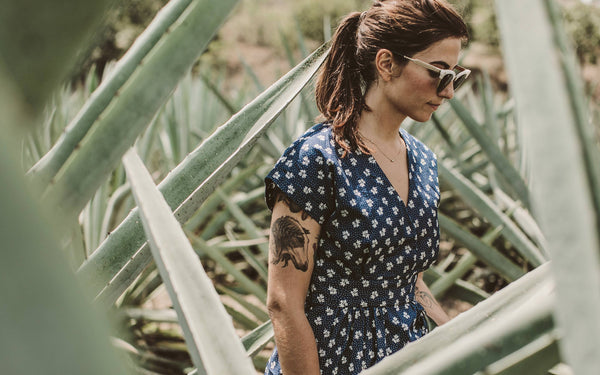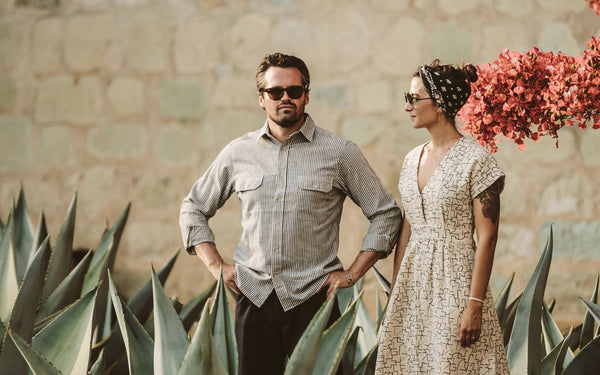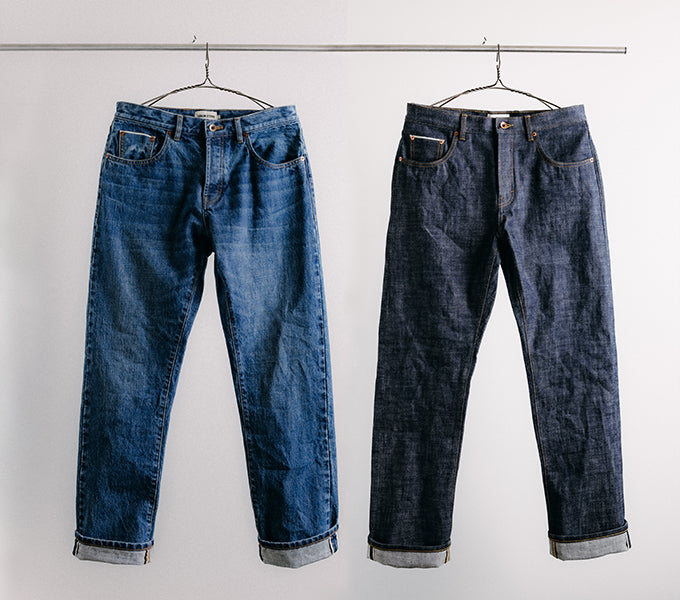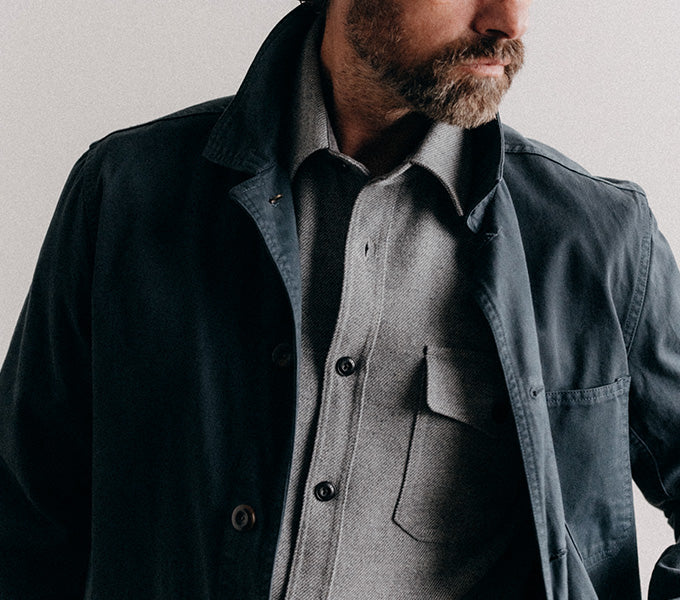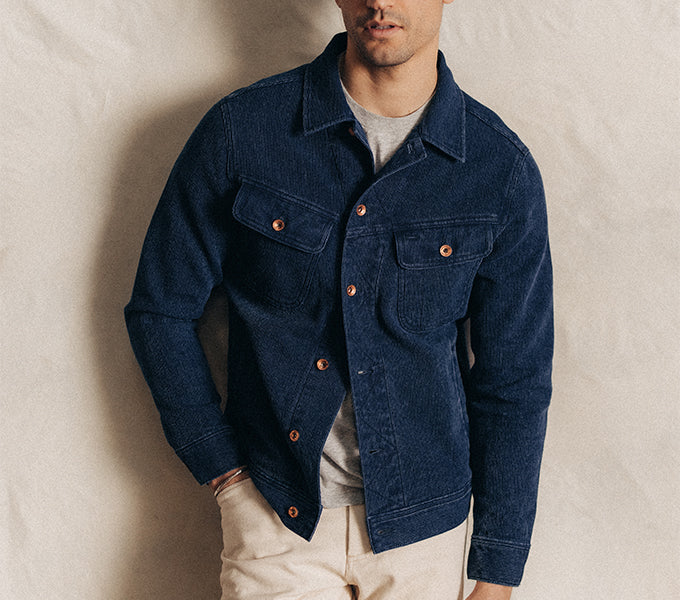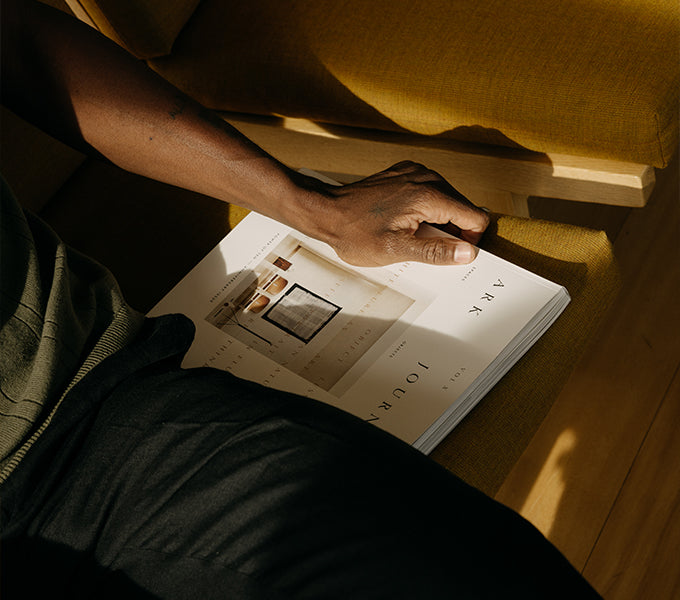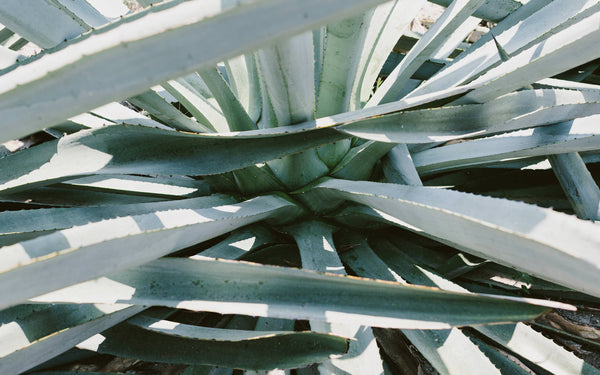
Finding Mezcal
A loose itinerary, a couple of contacts, and a destination. We headed to Oaxaca to take a peek behind the veil of Mezcal production.Finding Mezcal — Makers & Doers
A loose itinerary, a couple of contacts, and a destination. We headed to Oaxaca to take a peek behind the veil of Mezcal production.
After a quick flight, we were on the ground and in the rental car on the way to our first destination—a hotel named El Diablo Y La Sandia. BOOM. SWOOSH. BANG. Just when the excitement of a weekend we expected to go exactly as planned was setting in, we realized we were flying through the air—all four wheels of our sick white Jetta (thanks for the upgrade, EuroCar) were off the ground. After a safe but sketchy landing, we remembered the proliferation of speed bumps instituted by our friends to the south. This was our first realization that we had no idea what we were doing in Oaxaca.
Shortly after our Evel Knievel stunt, we found ourselves completely lost. Like a toddler at the zoo trying to find her parents, we stopped no less than six people in search of our hotel. Even with the address and printed directions (remember Mapquest?) it took us two if not three hours before we stumbled into our room at the inn. The familiar taste of the two Tecates we slammed before finally heading to sleep at 3AM was just enough to comfort us; “everything will be just fine.”
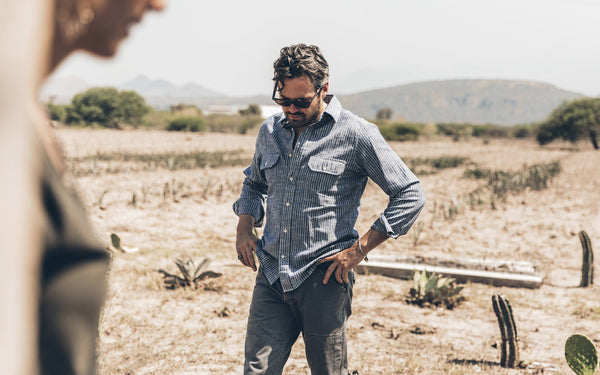
Finding Mezcal — Makers & Doers
Originally this trip was planned in coordination with a couple friends, Scott and Yola, embedded in the Mezcal world—unquestionably centered in and around Oaxaca City (La Palabra and Yola). However, a last minute conflict and family matters left us on our own. Too late to cancel the trip or pivot, we were all in. 100% committed to figuring it out.
As morning broke on our first full day, we were off to the mountains to find the town of San Juan del Río. Javier, the head of production for La Palabra Mezcal, is from there, and, according to our contact Scott, he might just so happen to be around. So off we went with Javier’s phone number in hand and directions on our spottily-connected-to-the-network phone.
We managed to navigate all of the speedbumps along the way safely—we were learning. But, halfway through the 2-hour ride we came upon a toll booth. “Damn, we don’t have any pesos yet.” We were escorted to the parking lot, surely thinking we’d get yelled at, or at the very least scolded. Instead, the toll booth director readily offered to exchange her pesos for our dollars, quickly looking up that day’s exchange rate so as not to short us. “Wait, what?” An unexpected gesture of kindness.
On we went. Our directions took us on a dirt road that would be ideally suited for a Tacoma. With every smash of the oil pan and spun wheel, we sat still and quiet in fear that our trip would end before it even started. Suddenly the road opened, and we were confronted by an endless sea of agave plants surrounding a small town at the bottom of the valley. Wave after wave, crashed into each other in rows of that exceptional and unmistakable bluish-green. (Is there an Agave Crayola Crayon…? There should be.) We had arrived at our second destination.

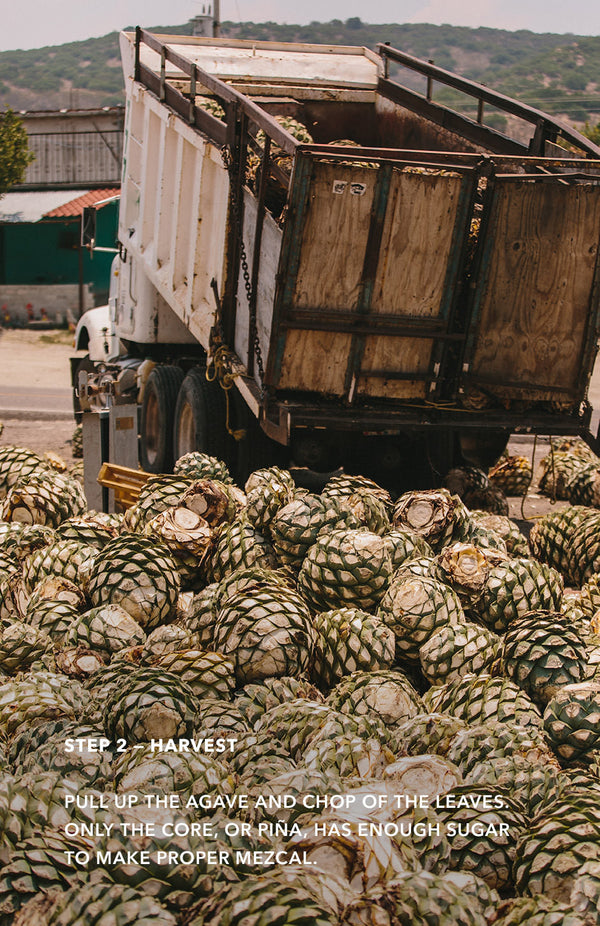
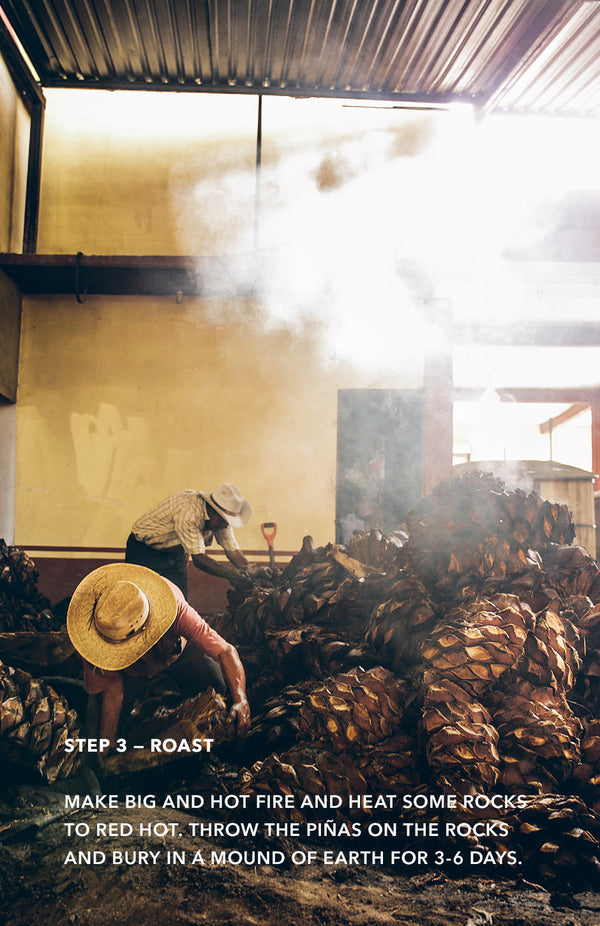
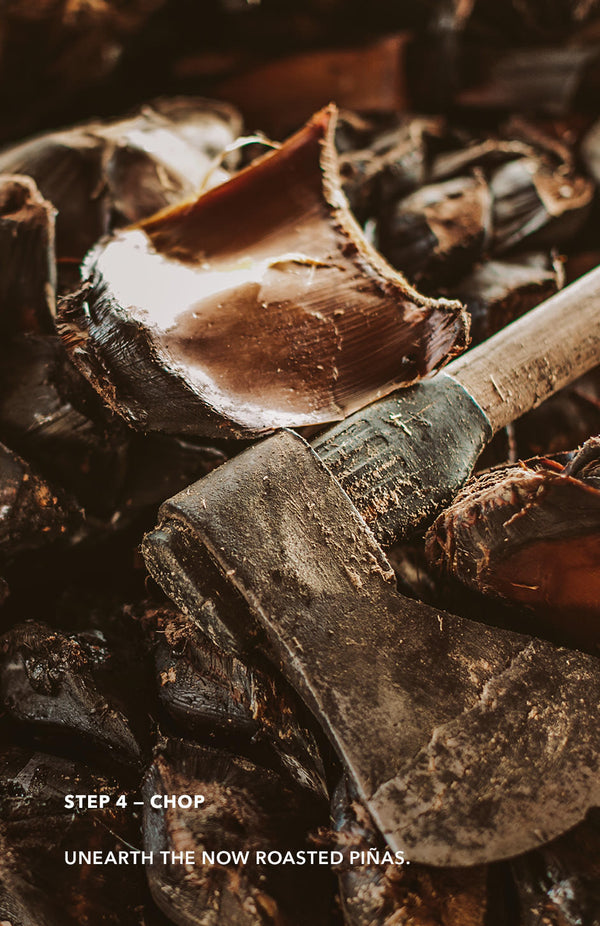
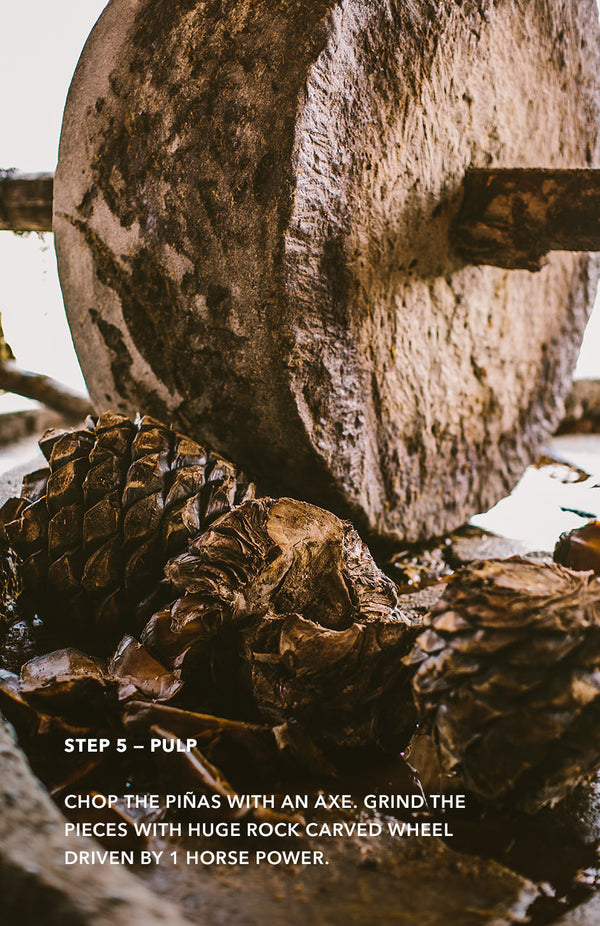

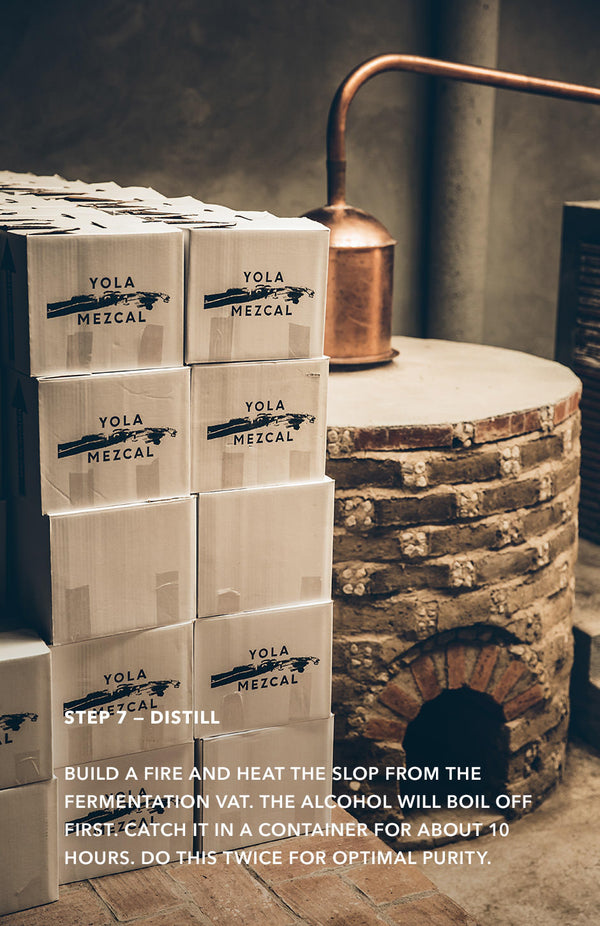
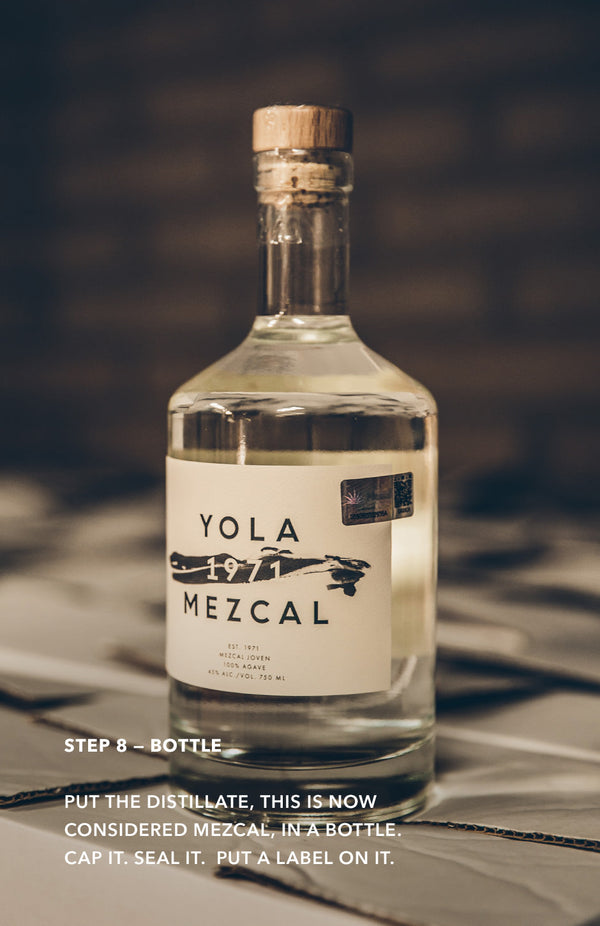
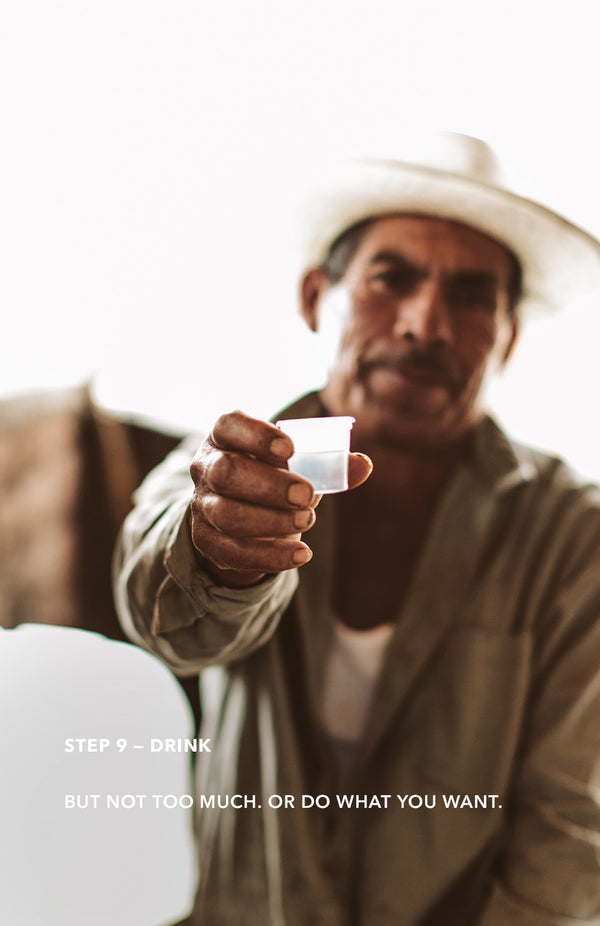
We parked at the city square. After an aloof Javier fell absent in response to repeated phone calls, we grabbed our cameras and went for a stroll. Mezcal, or at least the evidence of its production, was everywhere. Fresh agave on the sidewalks, stacks of firewood, roasting pits in backyards, and copper or clay stills—it seemed as if every house in town was set up to make their own small batch of Mezcal. Perched on a sunny hillside, this sleepy town was a kingdom hidden from the speed of our daily lives.
After a few conversations with the locals (we did not go unnoticed) we met a friend named Fernando. He lived in the U.S. for eleven years, and although not the best, his English was better than our Spanish. He understood that we were there for the Mezcal—judging by his breath that was also his top priority—and ushered us into a poorly lit corner bodega. It was there that we had our first “real” experience with the local commodity. Poured from a 20-oz plastic soda bottle that looked no less than five years old, we shared our afternoon libation with Fernando’s aunt and great-aunt. Needless to say, this signalled a shift in our fortunes.
Next stop, with the help of our new friend, was a warm meal in the living room of a single mom and her two children—chorizo and black beans with the best tortilla we’ve ever tasted. After the briefest of conversations, it became clear that “our” Javier doesn’t live in that San Juan Del Río; in fact there are three San Juan del Ríos in Oaxaca. “What are we doing here?” On our way out of town, Fernando’s aunt flagged us down to give a ride to a local school teacher so she could pick up her paycheck in Oaxaca, two hours away. She politely informed us that we took the wrong road in and redirected us to a dirt road that was, in comparison, dreamy.
This is how the story went for the next 24 hours. We were perpetually just outside of our comfort zone, ever so slightly, only to be met with world-class hospitality and grace. What’s more, the time spent waiting to hear back from our local Mezcal expert, Javier, afforded us the opportunity to truly explore our surroundings. We sampled Mezcal straight from the still; we tasted the freshly roasted pulp of the agave; we were invited to see the looming process of Oaxacan textiles; we ate great food. But mostly we wandered. Uninhibited. Curiouser and curiouser.

Finding Mezcal — Makers & Doers
Three days in, the cavalry officially arrived. Before taking off from San Francisco we reached out to a couple of long-time friends, Michelle and Nick who call Mexico City their home. To our delight, we were able to join forces and from then on our trip just clicked. We began to realize exactly why we were in Oaxaca and what it was we were trying to find. Michelle and Nick introduced us to Daphne, the type of character novelists wax prose about—eternally happy, ever carefree, and incredibly smart. She also just so happens to work at the best Mezcal bar in Oaxaca, and, one could argue, the world. She was our golden ticket. As Daphne poured us her personal Mezcal under the table at a local bar, a game plan was hatched—a behind-the-scenes tour to learn the ins-and-outs and delicate traditions of making Mezcal off the beaten path.
The following day we rose early to arrive at a palenque, or Mezcal distillery, to witness a batch of agave being exhumed after six days of roasting beneath a mound of earth. From there we finally met up with Javier to tour his brand new, beautiful palenque and learn about the steps of production, from the cultivation of the agave to the bottling of the spirit itself. We toured an agave field with plants well over head high and took a quick break for helados before spending the afternoon with a gentleman named Antonio Carlos Martinez.
This next part was magic. Antonio is a third generation Mezcal maestro. With open arms, we were invited into his home and guided through his production process. Grow, harvest, roast, pulp, ferment, distill, drink. It’s simple in theory, but there are countless degrees of freedom that influence every step of the process and the sheer (multiplicative) variability dictates that no two traditional Mezcal batches are the same. From the 30 to 50 different variants of agave, to the different woods used in roasting, to the native airborne yeast that seed the open fermentation, to the fermentation temperature and duration, to the distillation method and finally the blending—the culture of production relies on generations of knowledge, sweat equity, and craft. The entire process and participation is complex and quite frankly beautiful.
We tasted and shared what some would consider to be an unhealthy amount of Mezcal in a small hut beside Antonio’s outdoor kitchen while his wife made us tortillas and their sons made mischief with machetes.
We found it. This was why we came to Oaxaca. To learn from an expert about the process and cultural significance of a trade that defines the entire region. To connect the supply chain to a product we see cropping up on the shelves of our local watering holes—a gesture to our insatiable curiosity into how any given thing is made and our reverence for those who make them.
